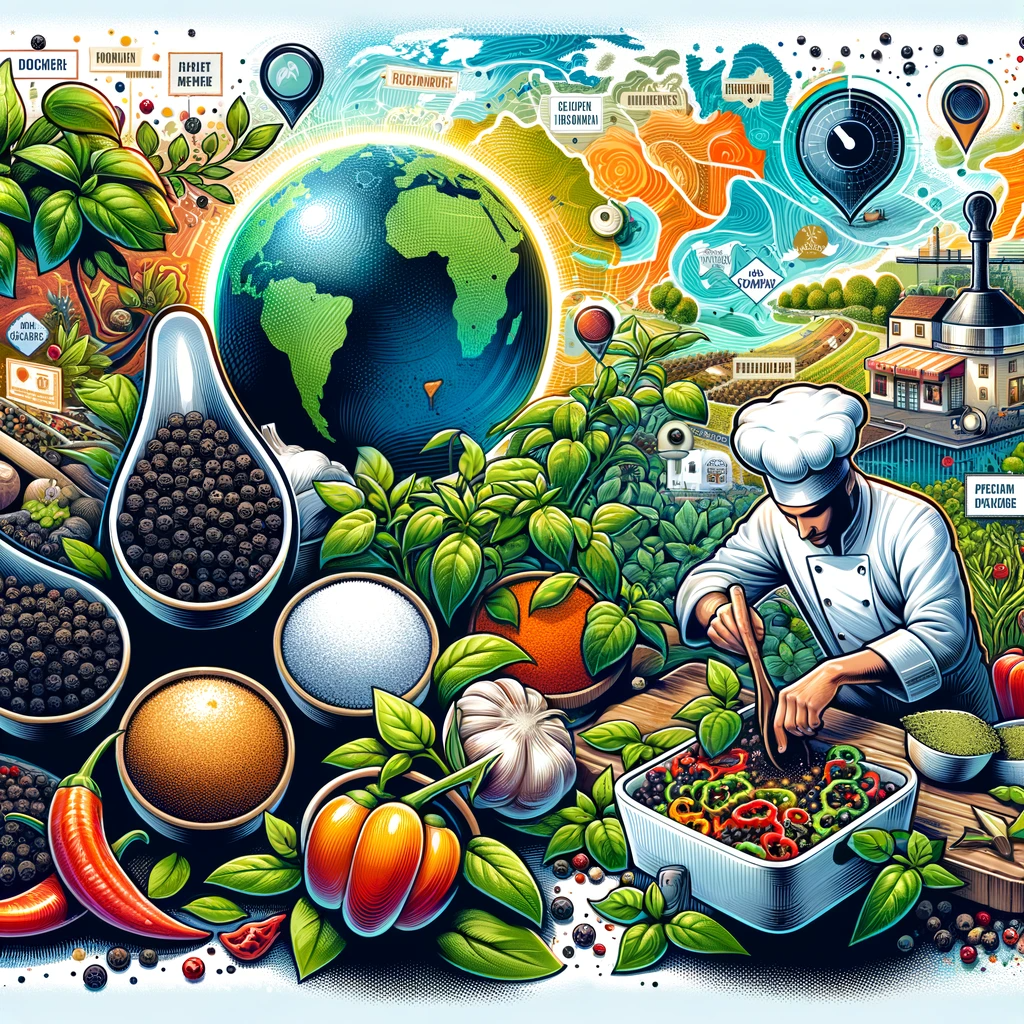Are you a spice lover or simply want to add some zest to your culinary adventures? Growing your own pepper plants can be a rewarding and flavorful endeavor. Whether you’re a seasoned gardener or a beginner, this guide will provide you with the ingredients and essential gardening tips to successfully cultivate your own pepper plants at home.
Ingredients for Growing Pepper Plants
1. Pepper Seeds
The first step in growing pepper plants is obtaining high-quality pepper seeds. You can find a wide variety of pepper seeds, ranging from mild bell peppers to fiery hot chili peppers. Ensure that the seeds are fresh and from a reputable source.
2. Soil Mix
Pepper plants thrive in well-draining soil that is rich in organic matter. You can prepare your own potting mix by combining equal parts of garden soil, compost, and perlite or vermiculite to improve drainage. Alternatively, you can purchase a pre-made potting mix from your local garden center.
3. Containers or Garden Bed
Decide whether you want to grow your peppers in containers or a garden bed. Containers are great for small spaces and provide better control over soil quality and drainage. If you choose a garden bed, make sure it receives at least 6-8 hours of sunlight daily.
4. Sunlight
Pepper plants require plenty of sunlight to grow and produce healthy fruit. Choose a location that receives full sun, which is typically 6-8 hours of direct sunlight per day. If you’re growing peppers indoors, consider using grow lights to supplement natural light.
5. Water
Consistent watering is essential for pepper plants. Keep the soil evenly moist, but avoid waterlogging, as this can lead to root rot. Water early in the morning to allow excess moisture to evaporate during the day.
Gardening Tips for Growing Pepper Plants
1. Start Indoors
Pepper plants are sensitive to cold temperatures, so it’s a good idea to start them indoors 6-8 weeks before the last expected frost date in your area. Use seed trays or small pots filled with your prepared potting mix. Plant the seeds about 1/4 inch deep.
2. Transplant Carefully
Once your pepper seedlings have grown to about 3 inches tall and have a couple of true leaves, transplant them into larger pots or your garden bed. Be gentle when handling the delicate roots.
3. Spacing
Proper spacing is crucial to ensure healthy growth. Pepper plants should be spaced at least 18 inches apart in rows or containers. This provides adequate airflow and prevents overcrowding.
4. Fertilization
Pepper plants benefit from regular fertilization. Use a balanced, slow-release fertilizer or a liquid fertilizer formulated for vegetables. Follow the recommended application rates on the product label.
5. Pruning
Pruning pepper plants can encourage bushier growth and increase fruit production. Pinch off the tips of young plants when they are around 6-8 inches tall to promote branching.
6. Pest and Disease Management
Keep an eye out for common pests like aphids, spider mites, and whiteflies. Neem oil or insecticidal soap can help control infestations. Additionally, practice good garden hygiene to prevent the spread of diseases.
7. Harvesting
Peppers can be harvested when they reach their desired size and color. Use sharp scissors or garden shears to cut the peppers from the plant to avoid damaging the stems.
8. Saving Seeds
If you want to grow peppers from your own seeds next year, remember to save some from your mature peppers. Allow them to fully ripen on the plant, remove the seeds, and dry them thoroughly before storing.
Conclusion
Growing your own pepper plants can be a delightful and satisfying experience. By following these ingredients and gardening tips, you’ll be well on your way to cultivating flavorful peppers right in your own backyard or on your windowsill. Experiment with different pepper varieties to add excitement and flavor to your dishes, and enjoy the fruits of your labor throughout the growing season. Happy gardening!
